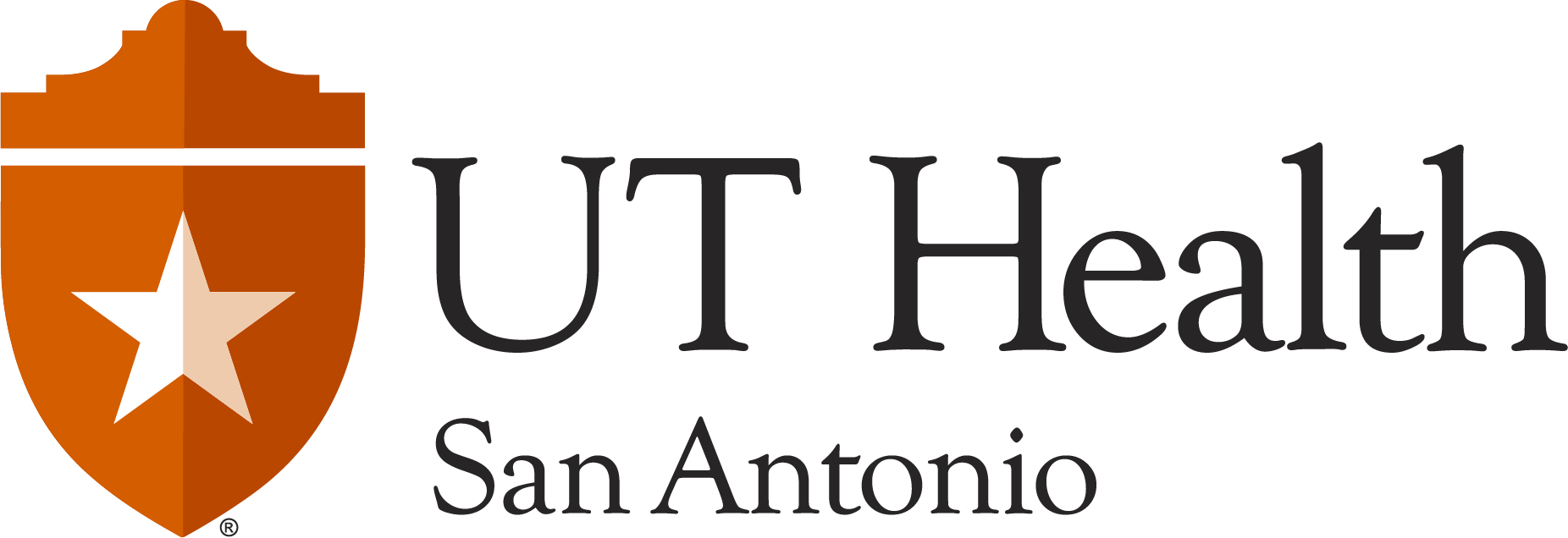- Structural
- Hernias (inguinal, umbilical) — 22%
- Heart abnormalities — 56%
- Cryptorchidism — 14%
- Sacral agenesis — 6%
- Myelomeningocele — 3%
- Functional
- Respiratory distress and feeding difficulties
- Feeding problems
- Hypotonia
- Biochemical
- Jaundice
- Hypoglycemia in 8% and 5% were diagnosed with Panhypopituitarism
Initial evaluations after diagnosis:
- Cerebral MRI/ Neurology
- Holoprosencephaly or HPE microform — 13%
- Other MRI abnormalities — 66%
- Seizures — 13%
- Myelomeningocele — 3%
- Ophthalmology
- Ptosis — 47%
- Strabismus — 38% •The exact gene responsible has not been identified but it is known to be within a small region between 1 and 1,192,031 Mb. Only persons with a deletion including this region have this risk for this condition.
- Myopia — 17%
- Nystagmus — 9%
- Congenital cataract — 6%
- Optic nerve hypoplasia — 6%
- Audiology and Otolaryngology
- Within the total population of people with 18p deletions:
- Conductive hearing loss – 22%. The exact gene responsible has not been identified but it is known to be within a small region between 1 and 2,931,532 Mb. Only persons with a deletion including this region have this risk for this condition.
- Sensorineural hearing loss – 8%. The exact gene responsible has not been identified but it is known to be within a small region between 1 and1,192,031Mb. Only persons with a deletion including this region have this risk for this condition.
- Narrow ear canals – 2%
- Thyroid levels
- thyroid dysfunction — 17%
-
- Secondary hypothyroidism is the most common
- Antibody positive hypothyroidism is less common
- Hyperthyroidism has been reported
-
- thyroid dysfunction — 17%
- Cardiology
- cardiac abnormality – 56% of those who had ECG
- ASD or VSD – 40%
•Tetralogy of Fallot – 15%-
- The exact gene responsible has not been identified but it is known to be within a region between 1 and 9,148,02Mb. Only persons with a deletion including this region have this risk for this condition.
-
- The actual incidence of heart defects may be higher as ultrasound and ECG evaluations have not been consistently been performed on all affected individuals.
- ASD or VSD – 40%
- cardiac abnormality – 56% of those who had ECG
- Within the total population of people with 18p deletions:
-
- Orthopedic
- Orthopedics problems – 47%:
- Scoliosis or kyphosis – 33%. The exact gene responsible has not been identified but it is known to be within a small region between 1 and 2,931,532 Mb. Only persons with a deletion including this region have this risk for this condition.
- Pectus excavatum – 29%
- Pes planus – 15%
- Sacral agenesis – 3%
- Hip dysplasia – 3%
- Orthopedics problems – 47%:
- Orthopedic
-
- Renal ultrasound
- Kidney abnormality – 14% – hydronephrosis or malformations
- The actual incidence of kidney abnormalities may be different as abdominal ultrasound was not performed on all individuals
- Renal ultrasound
Referrals to:
- Genetics follow-up
- Genetics follow-up may be necessary if parental chromosomes have not been evaluated to rule out inherited rearrangement. ~12% of the participants in our study have a parent with a balanced rearrangement. Even if no other children are planned, if one parent has a balanced rearrangement then their other children or the siblings of that parent are a risk for having the same rearrangement and consequently have a very high risk of passing on an unbalanced chromosome compliment.
- A genetics follow-up may also be indicated if the original diagnosis was performed using cytogenetic techniques or low resolution microarray technology. A high resolution SNP or CGH microarray can determine exactly which genes are involved in the deletion. This information will become increasingly important over time as gene-specific interventions are developed.
Early intervention/developmental services
- Developmental delay – 100%. Prompt referral to a program the includes physical, occupational and speech therapy is important in order maximize their development.
- Speech delay – 100%
- Articulation problems – 49%
- Delayed speech development – 30%
- Apraxia – 12%
- Non-verbal – 9%
- Motor delay – 96%
- Hypotonia / mixed tome abnormality – 84%
- Referral to Chromosome 18 Registry & Research Society
- The Chromosome 18 Registry is a parent support organization that provides family members with the opportunity to meet and learn from those who have gone before them. These are complex conditions to manage even in the least affected children making the establishment of a network of support a crucial component for maximizing the affected child’s potential. The Registry has annual national and international conferences, regional get-togethers and social media outlets, all with programs for parents, siblings and affected adults. The Registry works closely with and financially supports the Chromosome 18 Clinical Research Center. (www.chromosome18.org)
- Referral to the Chromosome 18 Clinical Research Center
- The goal of the Chromosome 18 Clinical Research Center is to make the chromosome 18 abnormalities the first treatable chromosome abnormalities. Anyone with any chromosome 18 abnormality is eligible to enroll and encouraged to enroll. Once enrolled, participants have the opportunity to be involved in longitudinal studies of developmental progress, and when available, other studies that could include surveys or treatment trials. Families enrolled in the Research Center will also be the first to know new information about the conditions when it becomes available. Enrollment is a key part of proactive clinical management (www.pediatrics.uthscsa.edu/centers/chromosome18)
Closely monitor and manage:
- Failure to thrive/ growth failure
- Weight gain
- Due to their hypotonia, suckling or feeding may be more difficult for the child. Children <3 years who are failing to meet expected rates of weight gain should be evaluated for placement of a feeding tube.
- In addition, many affected children have gastroesophageal reflux, which increases not only their risk for aspiration, but also for pain, discomfort or emesis after feeding. Children <3 years who are failing to meet expected rates of weight gain should be evaluated for reflux .
- Weight gain

